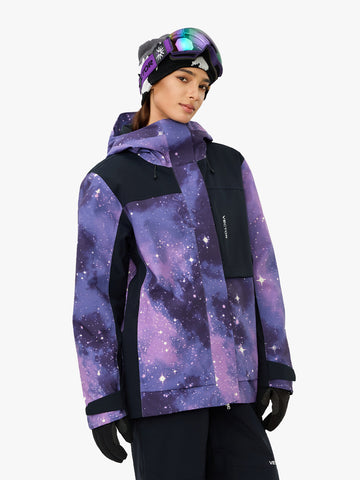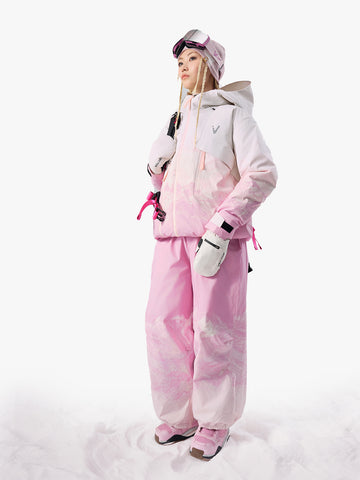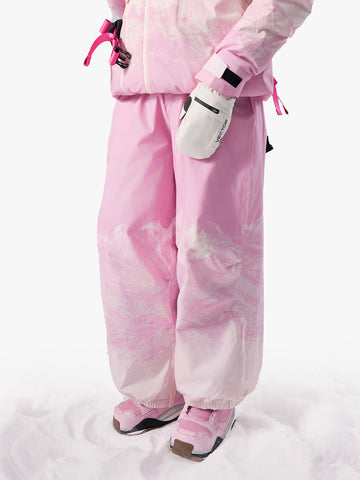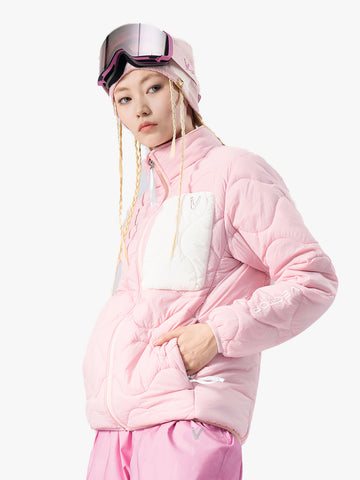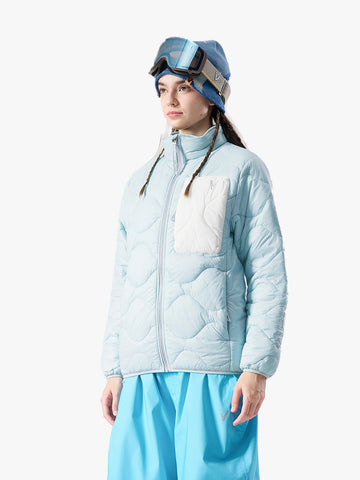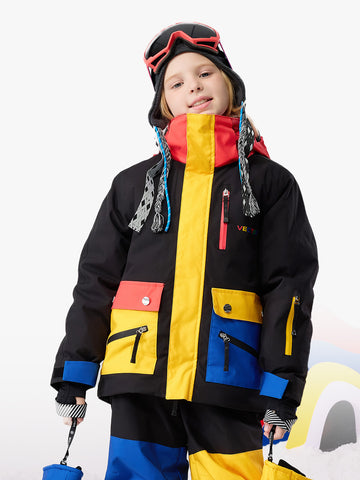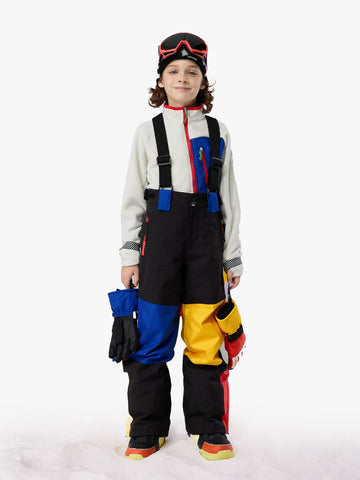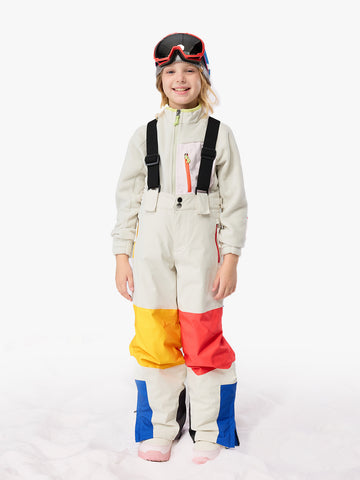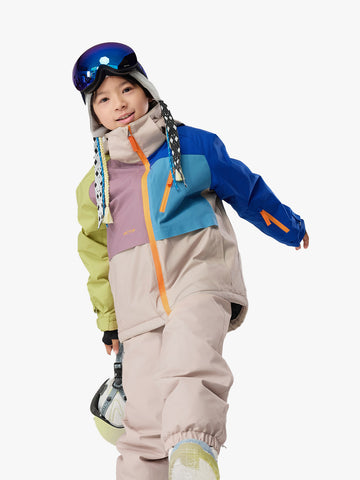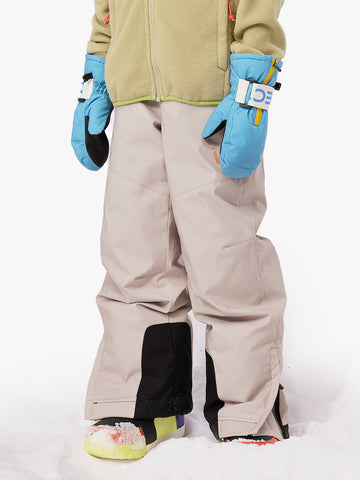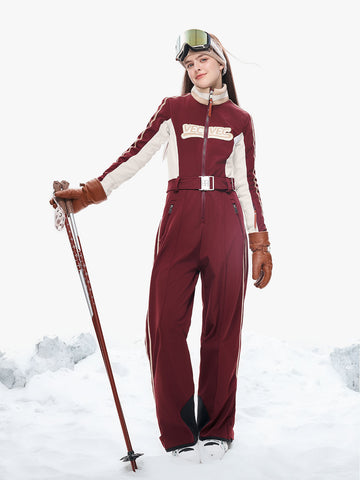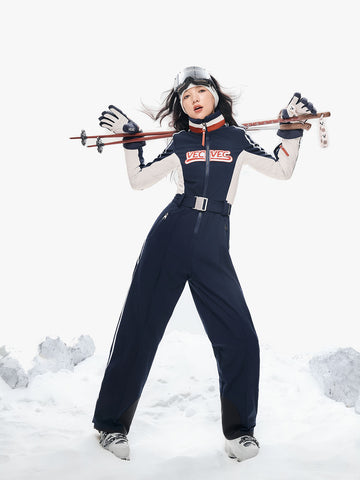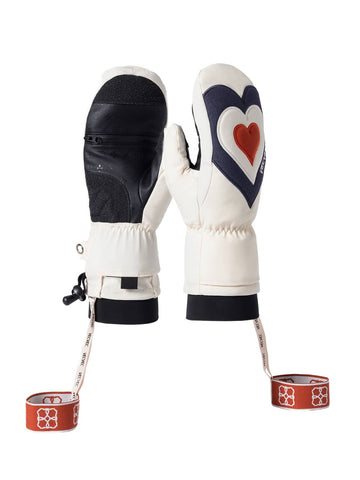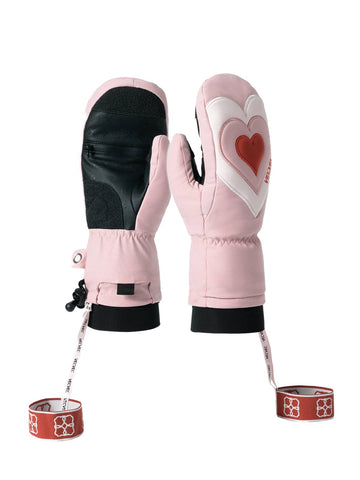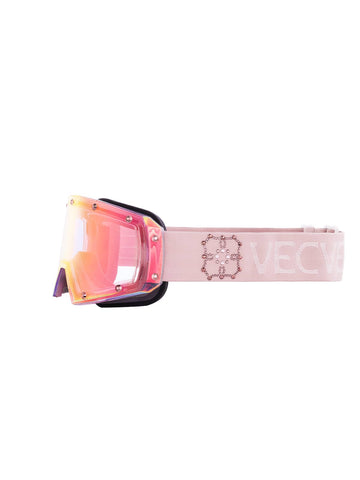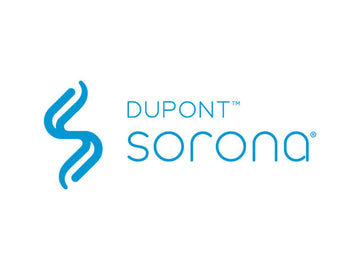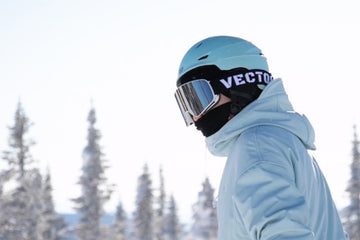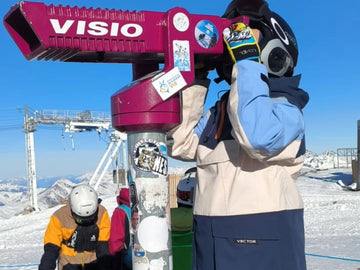Goggles are essential for snowboarding and skiing, offering eye protection and enhancing visibility in challenging snow conditions. With their specialized design and lens technology, they provide optimal clarity, reducing glare and enhancing contrast for better depth perception on the slopes. By wearing goggles, you can confidently navigate the mountain terrain, shielded from the elements, and fully enjoy the exhilaration of snow sports.
Shop VECTOR's best ski goggles 2023
Shop VECTOR's kids snow goggles
Discover the ultimate guide to choosing the best snow goggles for your snowboarding or skiing needs.
Here will let you know:
1. Lens Shape of Snowboard / Ski Goggles
2. Lens Color and Visible Light Transmission
3. Goggle Technologies and Features
4. Goggle Maintenance and Care
Lens Types of Snowboard/Ski Goggles
Spherical Lenses

Spherical lenses offer a curved shape both vertically and horizontally, providing a sphere-like appearance. They provide several benefits, including reduced distortion and glare compared to flat lenses. With a larger lens surface area, they offer improved peripheral vision, allowing you to see more above, below, and to the sides. Additionally, the increased volume between your face and the outside air provides better insulation and airflow, minimizing the chances of fogging.
Cylindrical Lenses

Cylindrical lenses have a flatter profile compared to spherical lenses and curve only along the vertical axis. Also known as "flat" lenses, they are commonly found in lower-priced models. While they offer a more affordable option, they may result in more glare and a slightly distorted view compared to higher-end spherical designs.
Lens Color and Visible Light Transmission
When skiing, we often encounter various weather conditions, such as sunny or cloudy days, which require different lens colors for optimal visibility. Each lens color has a different level of visible light transmission (VLT), which refers to the amount of light that passes through the lens, expressed as a percentage. In high visibility situations, like bright sunny days, it is important to wear goggles with a lower VLT to reduce glare and maintain clarity. On the other hand, in low light and low visibility conditions, such as snow, cloudy days, or evening skiing, goggles with a higher VLT are needed to enhance visibility.
The following are the VLT corresponding to different lens colors and suitable weather conditions
|
VLT |
Color |
Condtion |
|
< 25 % |
Platinum, black, red |
Bright, sunny conditions |
|
25-50 % |
Blue, green, red |
Partly cloudy, partly sunny conditions |
|
50+ % |
Yellow, gold/copper, amber, rose |
Overcast, cloudy or low-light conditions |
Another way to categorize lenses is by using the CAT (Category Number) system:
CAT-4= 3%~ 8% VLT
CAT-3= 8% ~ 18% VLT
CAT-2= 18% ~ 43% VLT
CAT-1 = 43% ~ 80% VLT
CAT-0 = 80% ~ 99% VLT
Goggle Technologies and Features
REVO Coating

Our VECTOR goggles feature a cutting-edge REVO coating. Unlike ordinary anti-fog films that can cause color distortion and blurry vision, the REVO coating provides high-definition (HD) vision, ensuring clear and detailed visuals. With UV400 and a UV blocking rate of over 99%, these goggles offer exceptional protection against harmful UV rays, and they are also anti-fog, scratch-resistant, and impact-resistant.
Dual/Bonus Lenses
While single lenses are the classic and cost-effective option, double lenses are more durable, offer a wider range of color variations, and boast stronger anti-fog properties. Consisting of two separate sheets of polycarbonate connected by a foam spacer, double lenses allow users to customize their goggles based on the prevailing conditions. The outer lens faces the elements, while the middle space acts as a thermal shield to prevent fogging.
OTG (OVER-THE-GLASSES)

For nearsighted snowboarding/skiing enthusiasts, dedicated prescription snow goggles can be quite expensive. However, there are snow goggles available that accommodate wearing prescription glasses. They are designed to be compatible with optical frames, securely accommodating glasses and ensuring a smooth skiing experience for individuals with nearsightedness.
Magnetic Lens Swap System

Goggles equipped with a magnetic lens swap system offer a convenient solution for changing lenses to adapt to varying light and weather conditions, such as day and night skiing. As weather conditions can fluctuate during skiing, having the ability to optimize visual clarity is crucial. With magnetic snow goggles, you can quickly disassemble and replace lenses without the need to carry an extra pair of goggles.
Goggle with Magnetic Face Mask

The VECTOR goggles even come with a magnetic detachable face mask that securely attaches to the corresponding position on the frame, preventing the mask from shifting or falling off during your intense activity. In addition, it also provides warmth and breathability at the same time, featuring a breathing hole in the mouth area and a semi-enclosed design on the sides to allow heat and moisture to escape, preventing fogging of the lenses.
Shop the Goggle with Magnetic Face Mask
Other Features

Vent on the top for enhanced breathability, seamless compatibility with helmets, and improved fog dispersal.

The three-layer sponge structure and sweat-absorbent fleece ensure a snug and comfortable fit while keeping your face dry.

The anti-slip silicone strap tightly secures the goggles to your helmet, minimizing the chances of them coming off.
Goggle Maintenance and Care
- Always store your goggles in a protective case or microfiber pouch to prevent scratches and dust accumulation.
- Avoid touching the inside of the lens with fingers or other objects that may remove the coating.
- Use a soft, lint-free cloth or goggle-specific lens cleaning cloth to gently remove any smudges or dirt from the lens.
FAQ:
Q: Can I wear sunglasses instead of snowboard/ski goggles?
A: No, we strongly recommend wearing snowboard/ski goggles. Goggles provide essential protection for your face and eyes against wind, snow, and potential injuries. Their enclosed design also helps to retain warmth, whereas sunglasses offer no thermal benefits. Additionally, snowboard/ski goggles are designed to be compatible with helmets, ensuring a secure and comfortable fit that minimizes the risk of them coming off during high-speed snowboarding and skiing.
Q: Should I wear snowboard/ski goggles at night?
A: Yes, wearing snowboard/ski goggles is important even at night. It ensures optimal vision regardless of the time of day. Even without sunlight, snowboarders and skiers need protection against cold air, snow, and debris.
Q: Are snowboard/ski goggles necessary for beginners?
A: Definitely yes. As a beginner, you may face challenges adjusting to the speed and terrain while learning skateboarding or skiing. Goggles help maintain clear vision and prevent accidents.
You May Also Like
How to Choose Snowboard Pants & Bibs?
How Do I Choose a Snowboard Jacket?
How to Dress for Snowboarding?
What are the Safety Features of Snowboard Helmets?
What is the Best Snowboard for a Beginner?
References
https://www.electriccalifornia.com/pages/goggle-lens-guide
https://www.publiclands.com/blog/a/how-to-choose-ski-and-snowboard-goggles
youtube.com/watch?v=vUMa15qerrw


